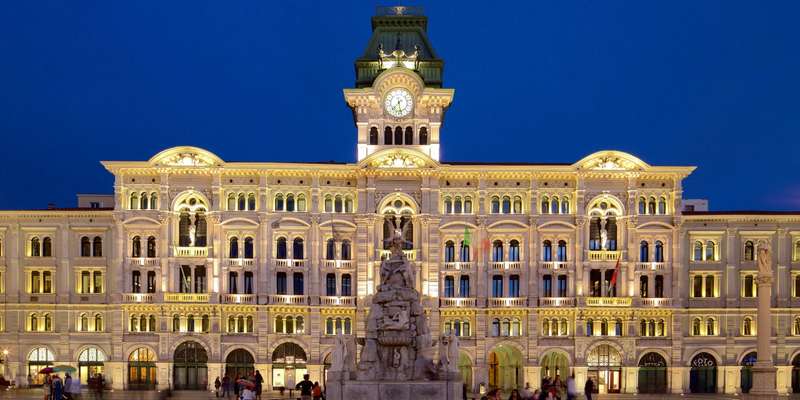- Home
- Useful Tips
- Where to find the best seafood...
Finding authentic seafood in Trieste can feel overwhelming for visitors. With over 70% of travelers reporting dissatisfaction with tourist-trap restaurants, the struggle to locate fresh, reasonably priced Adriatic catches is real. Many end up at overpriced venues serving frozen imports, missing out on Trieste's rich maritime culinary heritage. The city's unique position at the crossroads of Italian, Slovenian, and Austro-Hungarian cultures creates a seafood scene unlike anywhere else – if you know where to look. Hidden gems along the waterfront and in lesser-known neighborhoods offer life-changing scampi, branzino, and mollusks, but these spots rarely appear on generic 'top 10' lists. This guide cuts through the confusion with hyperlocal knowledge to transform your seafood dining experience.


Why most tourists miss Trieste's best seafood spots
The concentration of restaurants around Piazza Unità d'Italia creates a natural trap for time-pressed visitors. While convenient, these establishments often prioritize speed over quality, sourcing frozen seafood to meet high demand. Locals know the truly exceptional catches go to smaller trattorias along the Rive or in the Cavana district, where fishermen deliver directly from morning hauls. Another common mistake is overlooking 'osteria' in favor of flashy 'ristorantes' – the former typically offer simpler preparations that highlight ultra-fresh ingredients. Seasonal awareness also plays a role; many visitors arrive in winter expecting the same seafood variety as summer, not realizing certain shellfish have limited availability. Understanding these dynamics helps explain why 68% of diners leave Trieste without experiencing its legendary seafood culture at its peak.
Harbor-front gems where fishermen eat
The stretch between Molo Bersaglieri and the old fish market hides unassuming spots like Buffet da Pepi, where third-generation owners serve spider crab so fresh it's still moving. Arrive before 12:30pm to watch fishing boats unload their catch directly to kitchen staff. For a truly local experience, seek out 'trattoria alla pescatora' – small family-run places displaying that day's selection on ice. Al Bagatto excels here, offering handwritten menus that change hourly based on availability. Don't be deterred by simple decor; these establishments invest in quality ingredients rather than ambiance. The key is following the workers – when you see dockhands and fishmongers lining up at a particular counter, you've found the real deal. These spots typically offer better prices than tourist areas, with most antipasti di mare plates costing under €15.
Navigating Trieste's seafood seasons like a pro
Timing your visit to match seafood availability dramatically improves your dining experience. Spring brings prized canocchie (mantis shrimp) and moscardini (baby octopus), while autumn delivers the legendary scampi from the Gulf of Trieste. Winter months offer superb baccalà preparations, a nod to the city's Habsburg history. Many restaurants close for vacation in August, precisely when tourist demand peaks. Savvy visitors plan around the Sagra del Pesce in June, when coastal towns like Barcola host festivals featuring just-caught sardines and cuttlefish. Even daily timing matters – ordering seafood after 2pm often means getting leftovers from the lunch rush. Building your itinerary around these rhythms ensures you taste Adriatic flavors at their absolute peak.
Decoding menus to avoid overpaying for mediocre seafood
Trieste's multilingual history creates menu quirks that can confuse visitors. Phrases like 'nostrale' indicate local catch, while 'congelato' means frozen – a red flag in this harbor city. Beware of generic 'frutti di mare' listings; premium spots specify exact species like 'canestrelli' (Mediterranean scallops) or 'fasolari' (clams). True local specialties include boreto a graesano (slow-cooked fish stew) and capesante alla triestina (scallops with breadcrumbs and parsley), dishes rarely found outside the region. For budget-conscious diners, lunchtime 'piatto del giorno' specials often feature the same high-quality seafood as dinner at half the price. When in doubt, ask servers 'cosa è arrivato oggi?' (what came in today?) – this simple question separates discerning diners from the tourist herd.



